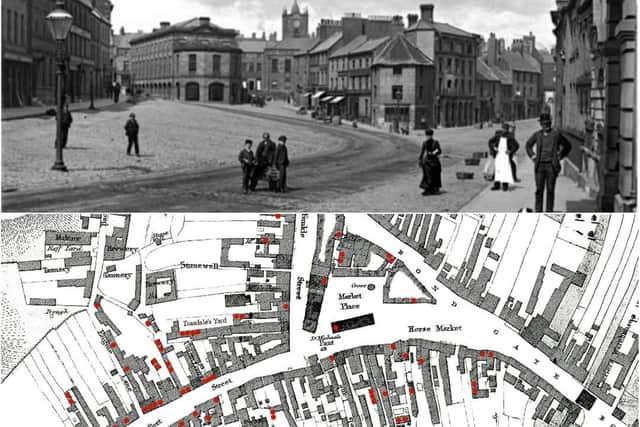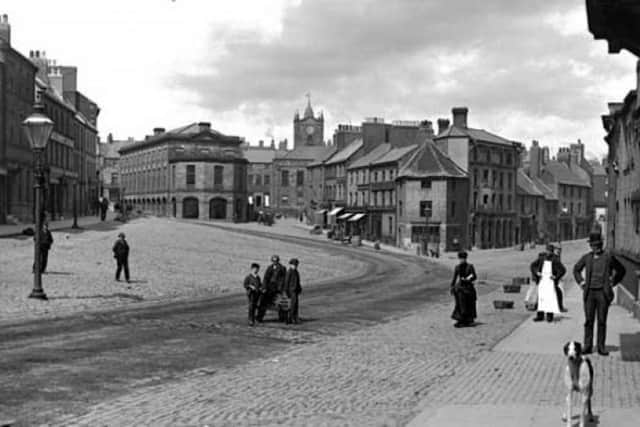Researchers reveal stories behind the 136 victims of cholera outbreak in Alnwick
and live on Freeview channel 276
Members of the Alnwick branch of the Northumberland and Durham Family History Society (NDFHS), have been busy researching the 1849 outbreak – a subject with current day relevance amid the coronavirus pandemic.
Mary George, founding member of Alnwick NDFHS and a volunteer at Bailiffgate Museum, said: “After months of painstaking research we have been able to give some substance to these poor people, commemorating their lives and those of their families.
Advertisement
Hide AdAdvertisement
Hide Ad“For some residents, we’ve been able to piece together significant details: their relatives, their work and their movements – at least two families emigrating to Canada, others to Australia and America and some to London and Gateshead.


“But for some, the trail runs cold, so if anyone recognises one of their ancestors and can give us some more details we’d be delighted to hear from you.”
The cholera epidemic killed over 52,000 people in Britain and NDFHS has focused on the people behind the statistics to find out their human stories.
Familiar local family names feature, such as Bamburgh/Balmbro, Bell, Egdell, Jobson, Dixon, Dobbs, Hedley, Pickard, Hindmarsh, Gray, Thompson and Wardle and many more.
Advertisement
Hide AdAdvertisement
Hide AdThe researchers have uncovered family history, tragedy and intrigue.


Every story unearthed is on the Bailiffgate Collections website (family history pages) with photographs and maps.
Also uploaded is a handbill/poster certifying to the residents of Alnwick that Cholera “has disappeared … allaying alarm and doubt, and restoring that confidence which is so essential an element in the welfare of society”.
In 1849, parts of Alnwick were severely overcrowded: damp and dirty tenements in cramped yards among pigsties, shops, workshops and middens with human waste discharged into open sewers.
Advertisement
Hide AdAdvertisement
Hide AdSome of the 11 ‘pants’ or water fountains in Alnwick were contaminated with sewage which spread Cholera and other diseases.
Families drank from these pants and women carried a ‘skeel’ of water (four gallons or 18 litres) to houses to sell for a halfpenny. It was not then known that Cholera was spread by waterborne bacteria.
Get in touch via email to [email protected]